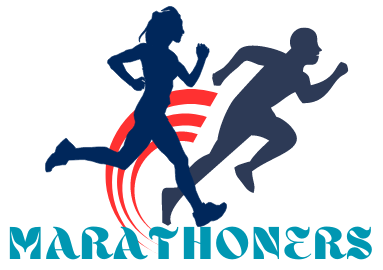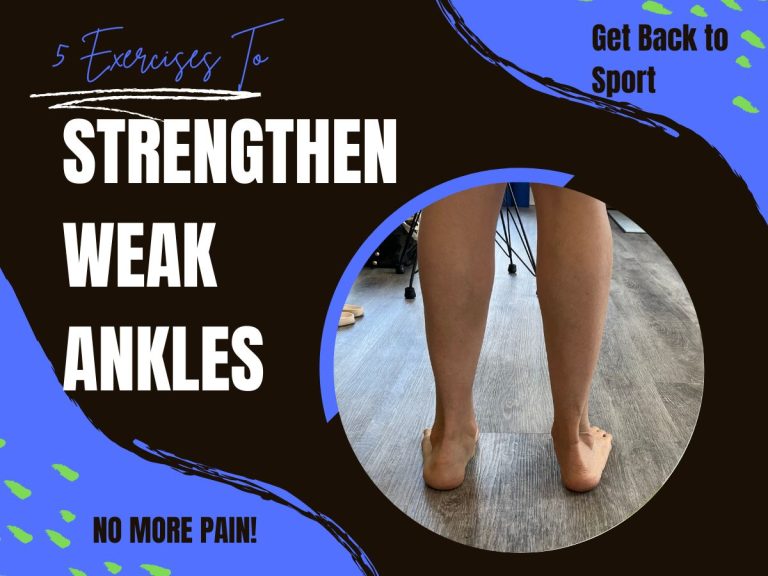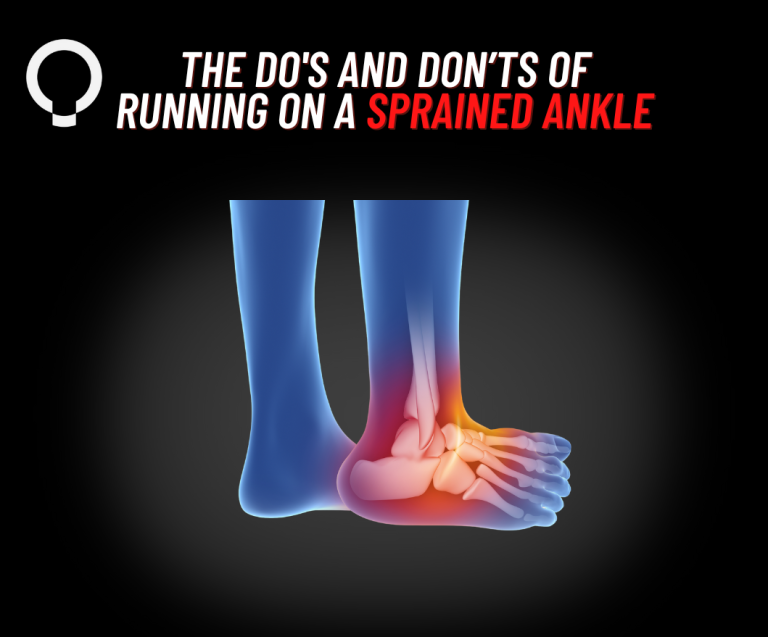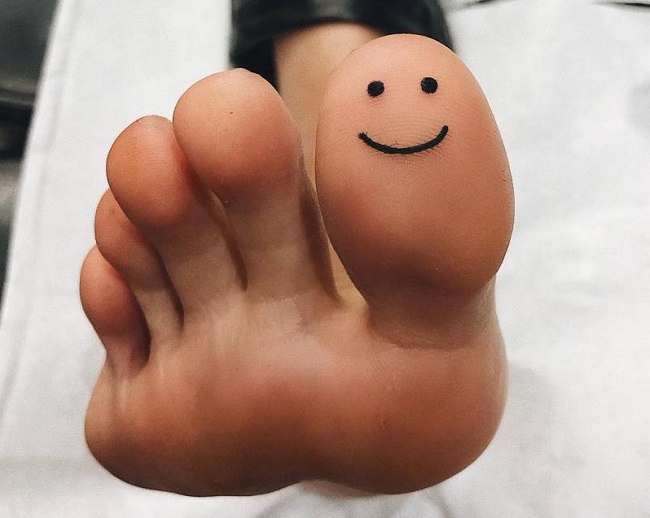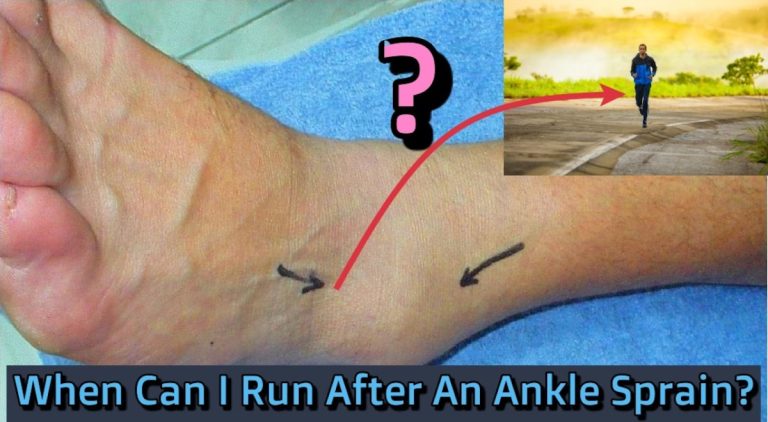What is Worse: Pronation or Supination?
When it comes to running, pronation and supination are terms that refer to the natural movement of your feet as they strike the ground. While these movements are part of the body’s normal biomechanics, both excessive pronation and supination can lead to issues for runners if they are not addressed properly. But which one is worse? To determine this, we must understand the mechanics, the potential risks, and how they affect runners in different ways.
What is Pronation?
Pronation is the natural inward roll of your foot when it strikes the ground. It’s a necessary movement to absorb the shock and impact of each step. When running, a small amount of pronation helps to cushion the body and reduce the stress placed on the legs and joints.
However, overpronation occurs when the foot rolls inward excessively. In this case, the arch of the foot collapses too much, and the foot becomes too flat. This can lead to misalignment in the lower legs, placing extra stress on the knees, hips, and lower back.
Risks of Overpronation:
- Knee Pain: Excessive inward rolling of the foot can cause the knees to rotate inward, leading to conditions like patellofemoral pain syndrome (runner’s knee) and iliotibial band (ITB) syndrome.
- Shin Splints: Overpronation can cause overuse of the muscles in the shin area, leading to painful shin splints.
- Plantar Fasciitis: The excessive flattening of the foot may overstretch the plantar fascia, leading to heel pain and inflammation.
- Ankle Sprains: The misalignment caused by overpronation may affect balance, increasing the risk of ankle injuries.
What is Supination?
Supination (also called underpronation) is the opposite of pronation. Instead of rolling inward, supination occurs when the foot rolls outward. In this case, the outer edge of the foot bears most of the weight, and the arch remains high or stiff. This means the foot doesn’t absorb shock as effectively, leading to less natural cushioning for each step.
Supination is less common than overpronation, but it still presents its own set of challenges for runners. People with supinated feet often have a high arch, which means their feet don’t flatten enough to provide sufficient shock absorption during running.
Risks of Supination:
- Stress Fractures: Without proper shock absorption, supinators may experience increased pressure on bones, which can lead to stress fractures, especially in the metatarsals (the bones in the midfoot).
- Ankle Strain: The lack of inward roll in the foot can cause instability, increasing the risk of sprains and strains in the ankle joint.
- Plantar Fasciitis: Like overpronators, supinators may also suffer from plantar fasciitis due to an overworked plantar fascia, though for different reasons. The excessive strain from a stiff foot may lead to heel pain.
- Knee and Hip Pain: Without proper shock absorption, supinators often experience more force on the knees and hips, leading to pain and overuse injuries like ITB syndrome and patellofemoral pain syndrome.
Which is Worse: Pronation or Supination?
Neither pronation nor supination is inherently “worse,” but the severity of the impact they have on a runner’s body depends on the individual and the extent of the issue. Both overpronation and supination cause imbalances in the lower limbs, leading to increased risk of injury if left unchecked.
- Overpronation: Overpronation is more common than supination and is often linked to certain conditions like flat feet or weak arches. The inward rolling of the foot disrupts the body’s alignment, which can cause a chain reaction of issues up the kinetic chain (from the feet to the knees, hips, and lower back). If you notice pain or discomfort in your knees, shins, or hips after running, overpronation is often the culprit.
- Supination: While supination is less prevalent, it can still be just as damaging. Runners with supinated feet often have a higher risk of stress fractures, because the lack of shock absorption places more strain on the bones. Supinators may also struggle with stability, leading to ankle sprains or instability-related injuries.
How to Manage Pronation or Supination
Regardless of whether you overpronate or supinate, both conditions can be managed with proper footwear, orthotics, and strengthening exercises. Here are a few ways to reduce the risks of both pronation and supination:
For Overpronation:
- Stability Shoes: These shoes provide extra support to prevent excessive inward rolling of the foot. Look for shoes that offer arch support and a firmer midsole.
- Orthotic Insoles: Custom or over-the-counter insoles can help correct alignment and provide the necessary support for those with flat feet or fallen arches.
- Strengthening Exercises: Targeting the muscles in the feet, calves, and hips with exercises like calf raises and foot stretches can improve strength and prevent overpronation.
For Supination:
- Cushioned Shoes: Supinators should wear shoes with ample cushioning to absorb impact. Look for shoes with soft, flexible midsoles to help compensate for the lack of natural shock absorption.
- Orthotics: Custom insoles can also help improve foot alignment for supinators by adding support and cushioning where it’s most needed.
- Foot Flexibility Exercises: Stretching and strengthening exercises, such as foot rollers or arch stretches, can help increase flexibility and reduce strain on the bones and joints.
Conclusion
Neither overpronation nor supination is inherently worse; both can lead to serious injuries if left unchecked. However, due to its higher prevalence, overpronation tends to be more commonly discussed among runners. The key is identifying your foot type and addressing any issues early on with the right footwear, orthotics, and exercises. If you’re experiencing pain or discomfort, it’s important to consult a healthcare or running specialist to get a proper diagnosis and treatment plan tailored to your needs. Proper management can ensure you’re running safely, efficiently, and without injury.
